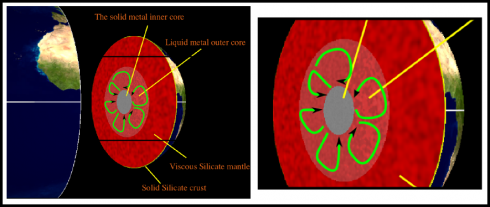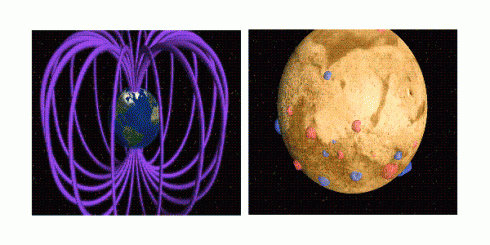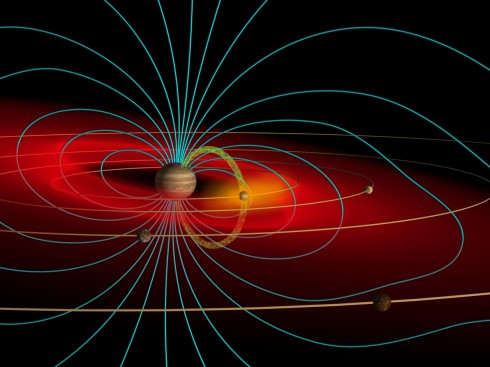
A discussion of the physics of flight, interspersed with birds of prey swooping just centimeters from the tops of your head, made for a captivating presentation on avian aerodynamics by the people at the World Bird Sanctuary that’s just west of St. Louis.
Lift
The presentation started with the forces involved in flight (thrust, lift, drag and gravity). In particular, they focused on lift, talking about the shape of the wings and how airfoils work: the air moves faster over the top of the wind, reducing the air pressure at the top, generating lift.

Then we had a demonstration of wings in flight.

We met a kestrel, one of the fastest birds, and one of the few birds of prey that can hover.
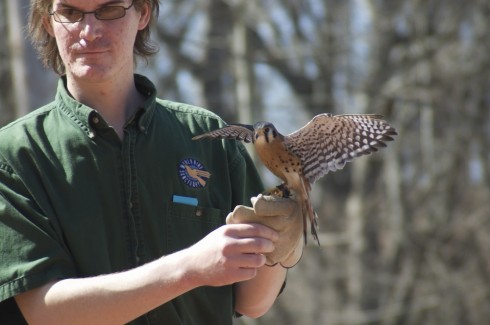
Next was a barn owl. They’re getting pretty rare in the mid-continent because we’re losing all the barns.
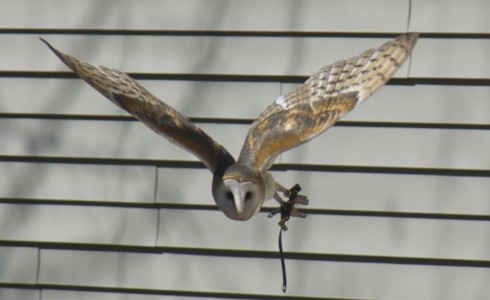
Interestingly, barn owls’ excellent night vision comes from very good optics of their eyes, but does not extend into the infrared wavelenghts.

Finally, we met a vulture, and learned: why they have no feathers on their heads (internal organs, like hearts and livers, are tasty); about their ability to projectile vomit (for defense); and their use of thermal convection for flying.

The Sanctuary does a great presentation, that really worth the visit.
